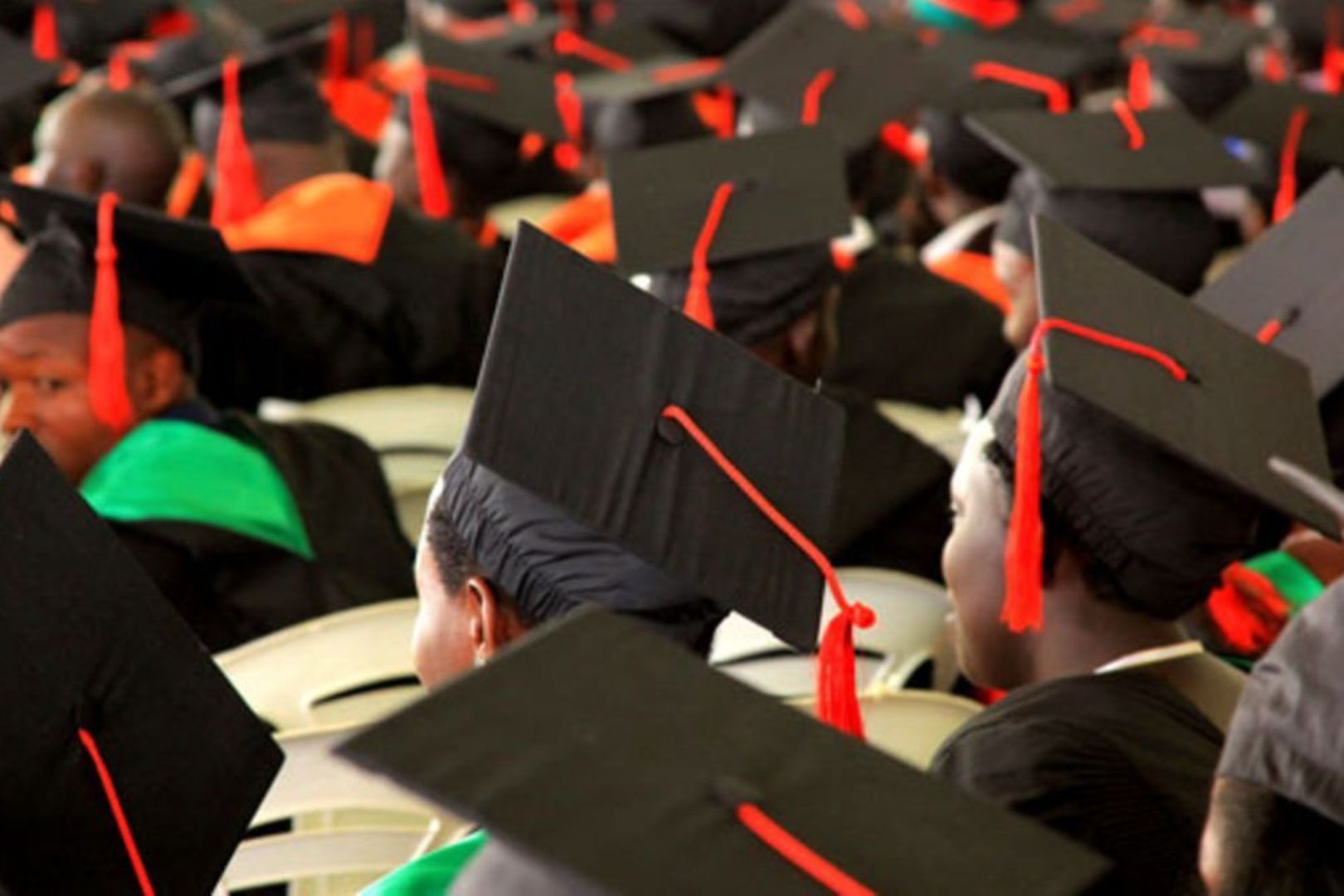Over 2,000 students miss out on govt loan scheme

Students of Kyambogo University after their graduation ceremony last week. Government will soon track the beneficiaries of its student loan scheme at their work places. PHOTO/ABUBAKER LUBOWA
What you need to know:
- The Education ministry promises to lobby for more funds to match the increasing demand.
A total of 625 students out 3,089 applicants across the country have been approved to benefit from a Shs2.6b loan scheme, the State Minister for Higher Education, Mr John Chrysostom Muyingo, has said.
Releasing the list of the beneficiaries in Kampala yesterday, Mr Muyingo said they had intended to approve more students, but were limited by resources.
Beneficiaries were picked from 12 universities and 37 tertiary institutions.
Mr Muyingo promised to lobby for more funding to match the increasing demand for the programme.
“We recognise that there is a need for more funding to capitalise the Higher Education Students’ Financing Board (HESFB). The demand for the students’ loan has certainly surpassed the available resources,” he said.
“Initially, the applicants were averaged at 2,000 and the demand is now close to 10,000 applicants. My ministry will seek audience with that of Finance and colleagues in Parliament to lobby for increased funding for the scheme,” he said.
The minister also encouraged more female students to apply for the scheme.
“I would like to encourage more female students to apply for the support under the scheme. Despite the affirmative action, which offers female applicants seven extra points, the number of applicants from this gender is still low,” Mr Muyingo said.
He said only 33 percent of the students are female in this ninth cohort.
“But we need to work towards having equal number of ladies and gentlemen benefiting from the scheme. I call upon the selected students to work hard in their studies, remain disciplined and focused,” he added.
The HESFB opened up the scheme to students in July to October 15. However, Amudat and Karenga districts failed to attract applicants. The board attributed the failure to the poor performance at A-Level.
According to the HESFB executive director, Mr Michael Wanyama, the board considered regional balance and gender and social-economic status, among others during the selection process.
“In line with the law that establishes the scheme, for any applicant to be approved, he or she had to be a Ugandan and admitted for an accredited course of study in a chartered institution of higher learning,” Mr Wanyama said.
Addressing journalists in Kampala yesterday, the chairperson of HESFB, Mr Charles Wana-Etyem, said the board received 3,089 applicants this academic year compared to 3,167 applicants in the previous year.
“Out of 3,089 applications, 2,417 were eligible for the scheme. Today (yesterday) we are awarding financial support to 418 male and 207 female students. This brings the total of the ninth cohort of loan scheme beneficiaries to 625 students,” Mr Wana-Etyem said.
“This is the number which our current budgetary allocation of Shs2.6b can support for the year 2022/2023. Therefore, whereas the majority of the applicants were eligible, they were subjected to a uniform scorecard and the loans were awarded to the most needy,” he added.





